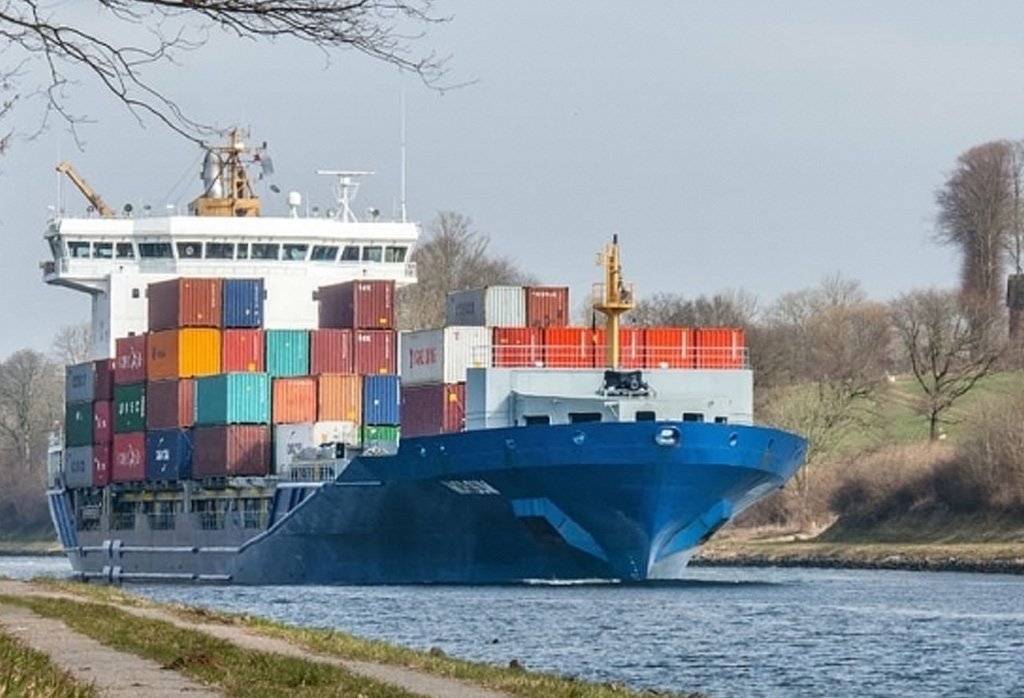

India has been attempting to turn its potential into performance to capture a significant portion of global trade, particularly through its shipping industry. As a result, one of the key factors driving India’s shipping and logistics industry is the country’s rapid expansion in foreign trade. Over the years, India has been seen as an attractive destination for shipping from the perspective of foreign importers and domestic exporters. India now holds the 10th position in terms of the ease of doing business for the years 2023 to 2027, up from the 14th position for the years 2018 to 22, according to a report published by the Economist Intelligence Unit (EIU). This accomplishment is mostly attributable to:

India has a proper regulatory framework to operate trade to and fro the nation. However, the Export and Import (EXIM) procedures are quite tedious and sometimes restrain exporters and importers from trading from and to the country. High degree of manual interfaces are present in the current EXIM value chain from pre-shipment to post-shipment that can be shortened further. Exporters and importers often face a complex web of regulations and compliance requirements that they must adhere to, for instance extensive documentation, including licenses, permits, customs forms, and various certificates that often leads to errors, delays and additional costs. Keeping up with these regulations and ensuring compliance can be burdensome for businesses, particularly SMEs with limited resources.The implementation of EXIM regulations can vary across type of goods to be imported and exported, this lack of uniformity leads to confusion and inconsistency, making it difficult for businesses to navigate the trade procedures smoothly and preventing India from moving up the Ease of Doing Business Index more quickly.
The Indian government has recognized many of these pitfalls and has been taking steps to address them. The Foreign Trade Policy 2023 accommodates the emerging needs and Ease of Doing Business is one of its four pillars. Additionaly, Initiatives like the Single Window Interface for Facilitating Trade (SWIFT), the implementation of electronic systems like the Indian Customs EDI System (ICES) and Compliance Information Portal (CIP) aims to improve efficiency, transparency, and ease of doing business in EXIM trade.

However, China is the world’s top sea trading nation as per the World Bank’s report, and the government of India has been making vigorous efforts to make India the most feasible country to trade with. Digitalization of processes alone has a strong potential to improve India’s position and, along with massive modernization and capacity building in the sector, India can be among the top countries in the global ranking of maritime merchandise trade.